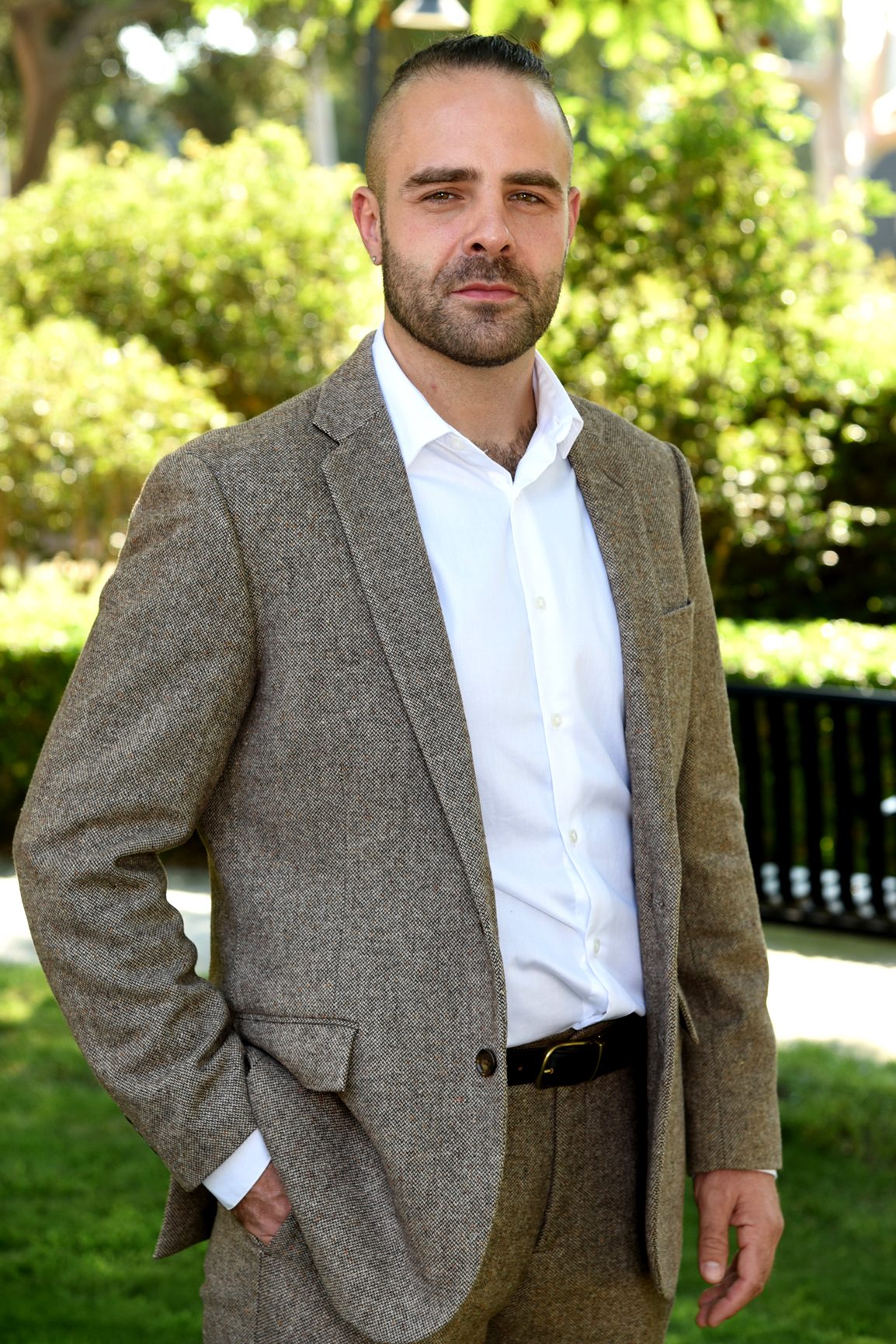New project from Northeastern professor could revolutionize how we measure racial profiling in police traffic stops

Communities across the country have found evidence that minority motorists are more likely to be pulled over by the police. In recent years, there has even been a nationwide push to have police agencies more actively and accurately collect data about who is being affected by traffic stops.
But when it comes to assessing whether a police department or even an individual officer is racially profiling drivers, there is still a significant roadblock.
“The challenge to analyzing whether a particular agency or even an individual police officer is engaged in racial profiling is that you don’t actually know who’s on the road,” says Matthew Ross, associate professor of public policy and economics at Northeastern University. “Basically, there’s no data set about who’s driving on a road, much less who’s driving on a road at a particular time and things like how fast they’re driving.”

Ross has been researching disparities in the criminal justice system for more than a decade. Through his work he’s helped develop pioneering early warning systems for identifying potential racial bias in police departments that are now considered best practice nationwide.
But throughout his research, the question of how to measure racial bias has been a complicated one. Even when police departments collect data on traffic stops, as some are now required to do, what can they compare it to in order to determine if there is racial profiling occurring?
“If we see that 10% of minority drivers are stopped by police, we don’t actually know how many are on the road, so it’s hard to say if that’s too many,” Ross says.
Ross aims to solve this problem with a new project, one that he hopes will create a standard-setting tool, using a new, untapped data source, that will have significant implications for police departments, policymakers and the general public.
A collaboration between Northeastern and University of Connecticut, the project will use privacy-preserving telemetric mobility data, along with public Census demographic data, to get a more accurate benchmark of the race and ethnicity of driver segments. The anonymous telemetric data used for the study was collected for research purposes and with the informed consent of the device owners. For privacy purposes, the research does not focus on individual driving behavior but rather aggregates trends for different road segments.
Ross says it will allow researchers to get an unprecedented level of information about the driving population, including specific days and times when certain demographic groups are on the road.
“Even if you know the composition of who’s on a particular road at 10 p.m. on a Wednesday, you also need to know things like how fast vehicles are moving,” Ross says. “What’s cool is you can actually use this data … to create measures of not only which demographic groups are on the road but also if certain cohorts are speeding more than others.”
The goal, Ross says, is to use this data to create a more accurate picture of which demographic groups are on the road at any given time. With a more accurate benchmark, researchers will then use the data to assess the extent of racial profiling by the Connecticut State Police in 2021 and 2022.
“By combining mobility data with public Census data, we can build an ethnic composition of roadway travelers,” Ross says. “Then that gives us a direct test of racial profiling, which no one’s ever had before.”
Historically, researchers have turned to complicated statistical tests to get around the lack of data on motorists. These tests are rigorous but end up being too obtuse for police to use and focusing on “tiny, small segments of the problem,” Ross says. Currently, police departments are more likely to use Census data as a point of comparison, which is easy to understand but lacks the accuracy and rigor of the statistical tests.
“What we’re hoping is that [by] using this data to get a sample of roadway travelers, we can get a comparison that’s as rigorous as the statistical test but way easier for people to understand and more useful,” Ross says.
Ross and his fellow researchers aren’t the only ones who are hopeful about the project. Several Connecticut police agencies that Ross has worked with in the past have expressed support for the project, and Ross is optimistic the project will have a broader impact as well.
“It’s huge because there’s a ton of states that have faced the same challenge of ‘We want to analyze the traffic stop data and have federal money to do it, but we can either do it the really simple way and use census data … or the other side of the coin is we do a rigorous approach but [we] end up only analyzing grains of sand,” Ross says.
Cody Mello-Klein is a Northeastern Global News reporter. Email him at c.mello-klein@northeastern.edu. Follow him on Twitter @Proelectioneer.






